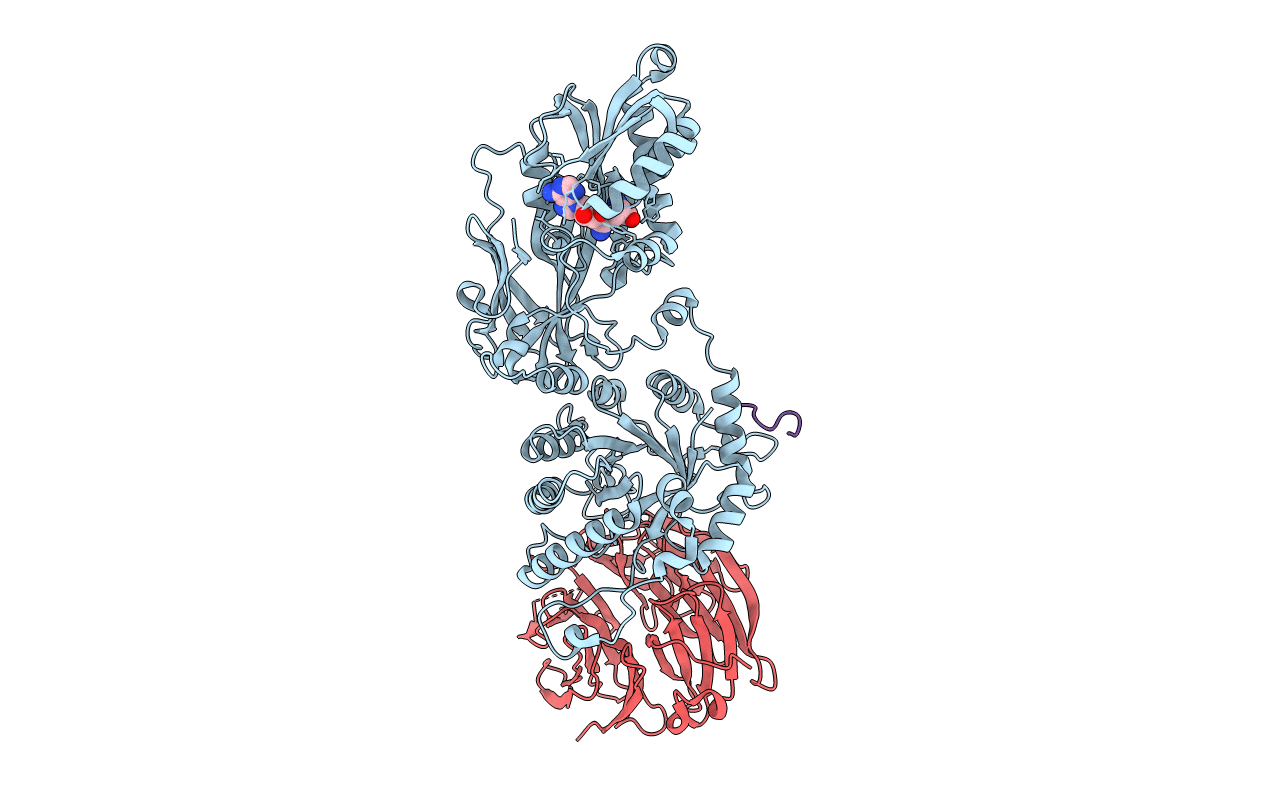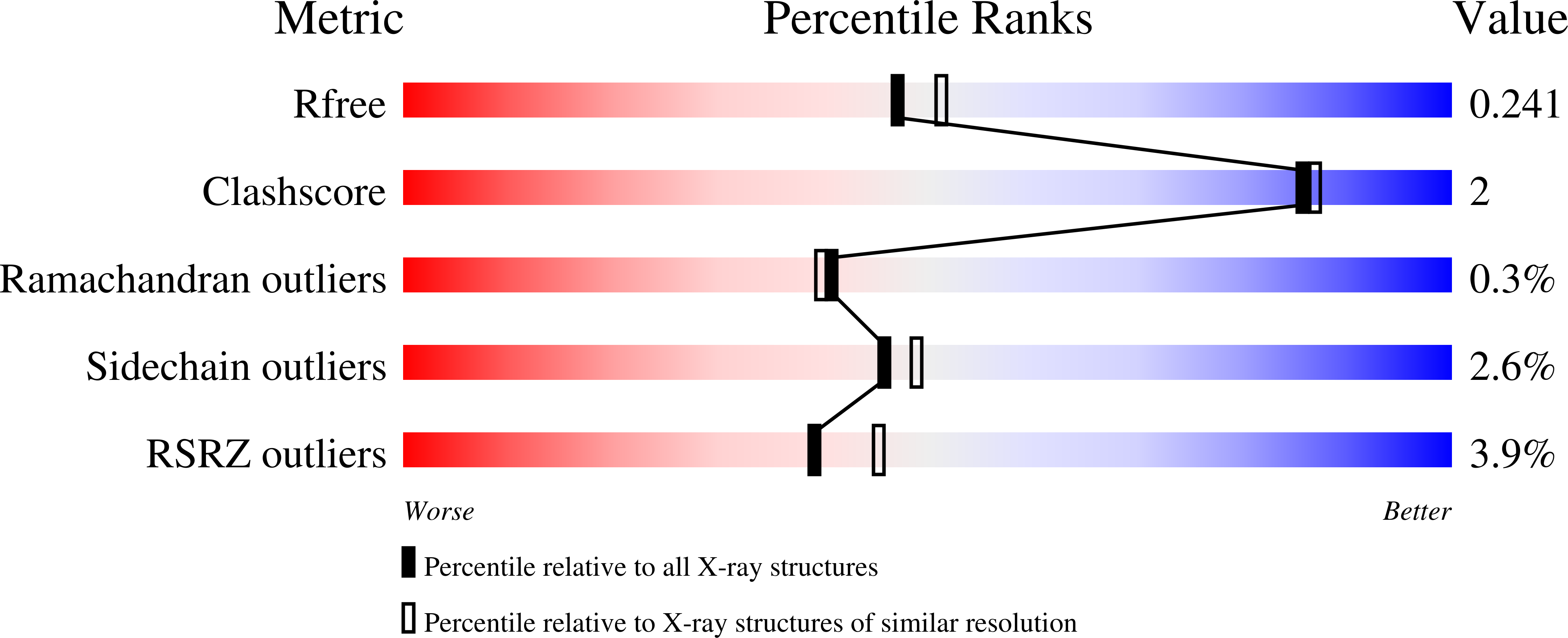
Deposition Date
2019-11-19
Release Date
2020-08-26
Last Version Date
2023-10-11
Method Details:
Experimental Method:
Resolution:
2.11 Å
R-Value Free:
0.23
R-Value Work:
0.20
R-Value Observed:
0.20
Space Group:
I 2 2 2


